Privacy: birth and death. 3000 years of privacy history in pictures

In the era of IT and the rapid development of technology, the concept of "privacy" has become a fiction. Global information networks and many services imperceptibly collect terabytes of data about users, and users themselves constantly post their lives on public display in social networks. But still, many of us consider our computers, smartphones and online behavior to be “private”, or at least aspire to it. And how did the concept of “privacy” appear in human culture?
Privacy, in the sense in which we understand it, is only about 150 years old. People have an instinctive desire to retire. However, for 3,000 years, convenience and wealth remained the highest priority. In the first part, we will look at how privacy began, and in the second part we will see how advanced technologies in health care will force people to choose between an early, economically inefficient death, and the world without any kind of private life. Given the historical trends, most likely we will give up privacy and return to the traditional open existence.
')
Part 1
How privacy has slowly appeared over 3000 years
“In fact, confidentiality can be an anomaly,” Vinton Cerf , one of the creators of the military prototype of the Internet and executive director of Google.
Cerf faced a stream of criticism from the media, suggesting that privacy is unnatural. Despite the fact that Cerf simply reflected on what was left out of sight of the Federal Trade Commission in 2013, he is right from a historical point of view.
Confidentiality in its traditional sense is only about 150 years old. Most people who lived in tiny communities knew little about privacy. Sex, breastfeeding and bathing took place in front of family and friends without any shame.
A 3000-year history shows that privacy has always been of secondary importance. People have consistently preferred to solitude money, prestige, or convenience.
Tribal life (about 200,000 years - 6,000 years BC)

“Since the children of hunter-gatherers slept with their parents in the same bed or in the same hut, privacy did not exist. Children saw their parents having sex. On the islands of the Trobriand Malinowski they said that parents did not take special measures to protect children from watching sex, they simply scolded them and told them to cover their heads with a mat. ” University of California anthropologist Jared Diamond .
Being incredibly rare in a tribal society, privacy can, nevertheless, be instinctive. Tribal community researchers suggest that people preferred to have sex alone (in 9 out of 12 communities in which parents lived in a separate room, people preferred to have sex in a room. And in those communities in which separate rooms were not supposed to be, on the street) .
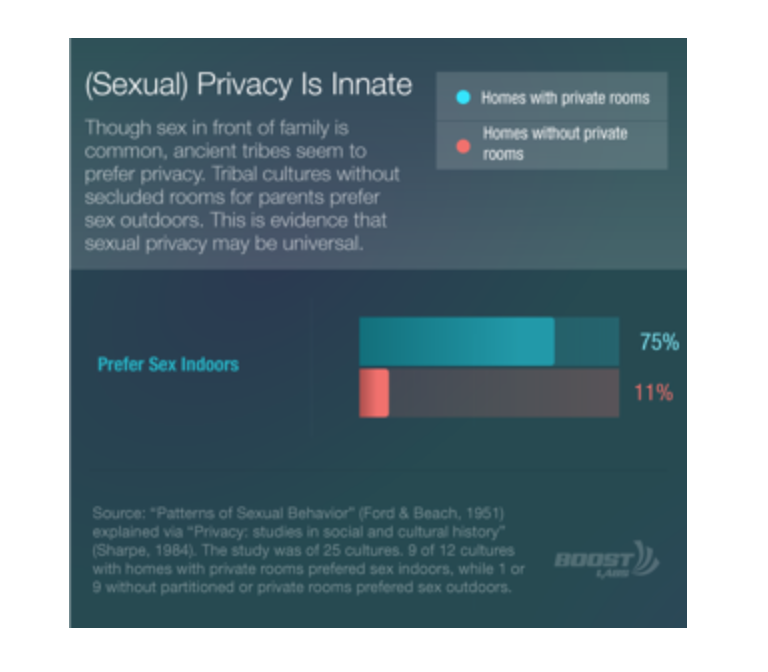
However, in practice, the need for survival often overshadows the desire for privacy. For example, in modern North American ducks, this desire is deeply offensive.

“It struck me how helpless I was in the wild when they left me. It is much better to suffer from a lack of personal space, ” anthropologist Jean Briggs said about how the host family of the tribe rejected it after trying to go alone to explore the wilderness for one day.
But if privacy is not the norm, where did it come from? Let's start with the first cities.
Ancient cities (6th century BC. E. - 4th century AD.)

Like their tribal ancestors, the Greeks showed some preference for privacy. But, unlike the primitive ancestors, the Greeks had ways to do something about it. Samantha Burke of the University of Leicester found that the Greeks used their sophisticated understanding of geometry to build houses with a mathematically verified minimum outside view with the maximum amount of light falling inside.
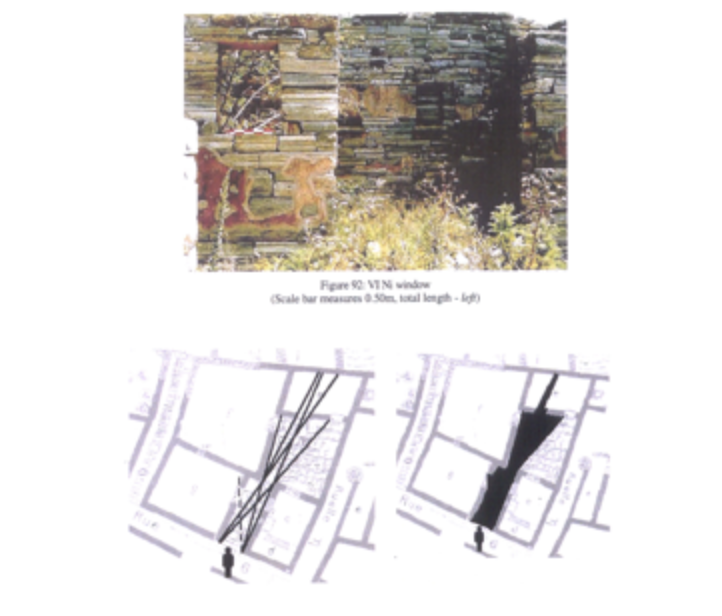
However, the Athenian addiction to solitude was subjected to substantial criticism.
"For when people hide their actions from each other in darkness, and not in the light, none of the people will ever receive due honor, or church service, or appropriate justice." Socrates
Athenian philosophy turned out to be much more popular than their architecture. In a much less egalitarian successor to Greece, Rome, landowners built their houses with wide open gardens. Turning your home into a public museum was an ostentatious display of wealth. Although, the rich seemed to recognize their unfortunate compromise.
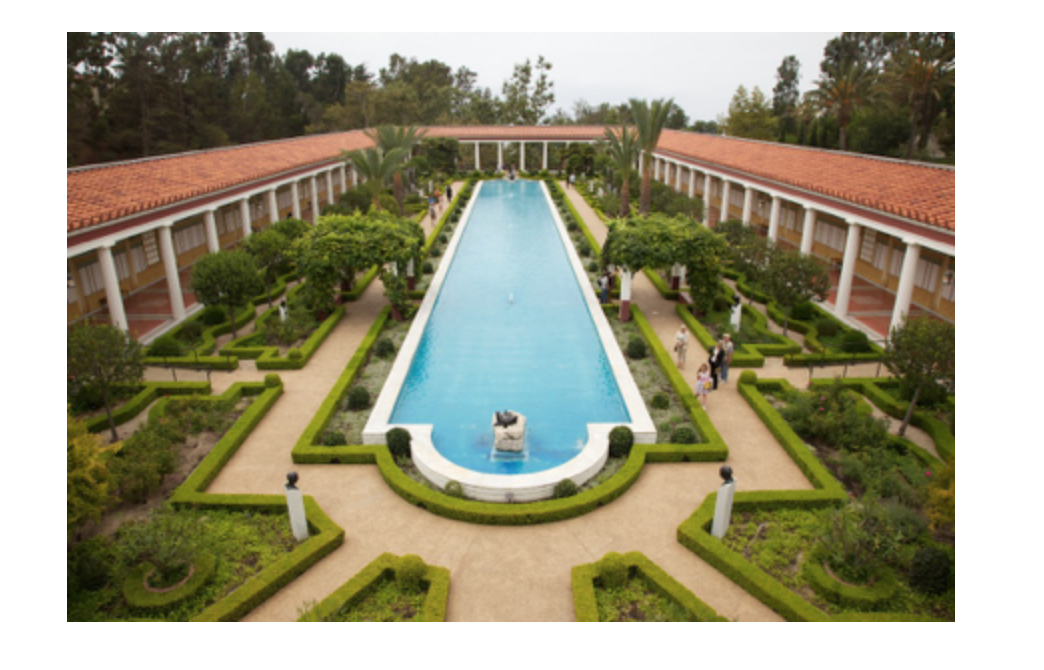
“Great wealth has a characteristic that allows nothing to be hidden, nothing to be hidden; she opens the houses of the princes, and not only them, but also their bedrooms, their intimate lairs, and reveals and exposes all their great secrets. ” - Pliny the Elder , "Natural History", about 77 AD
Most Romans lived in crowded apartments, with walls thin enough to hear every noise. “Ancient Rome could be called a giant tent camp,” writes Angela Alberto in The Day of the Life of Ancient Rome.
And thanks to Rome’s acceptance of public sex, there was less motivation to make it illegal - especially considering its benefits.
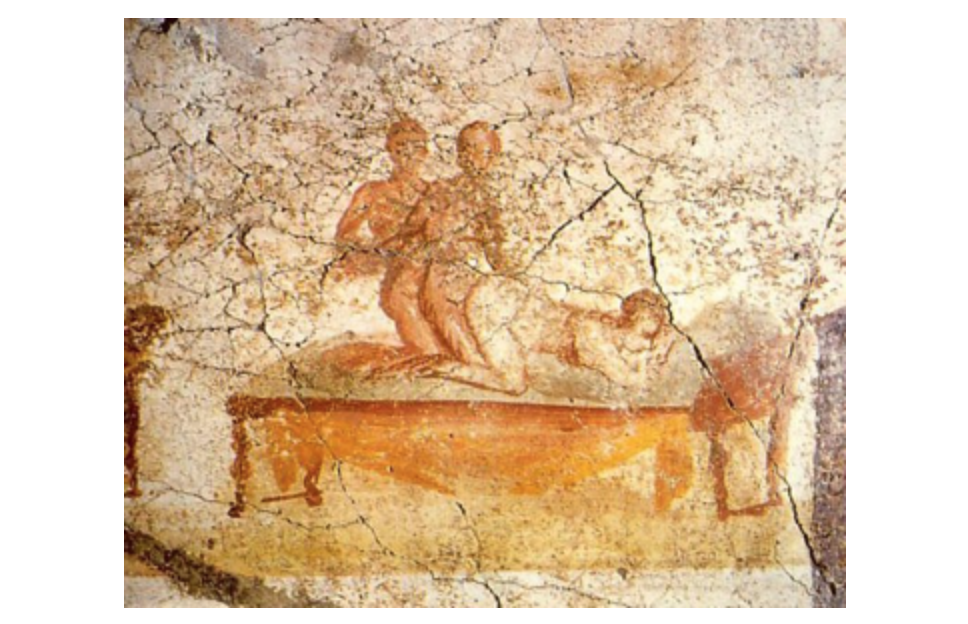
“Baths, drunkenness and sex corrupt our bodies, but baths, drunkenness and sex make life worthwhile” - the inscription on the wall of the Roman bath.
Early Middle Ages (4th century AD-1200 AD): confidentiality as isolation
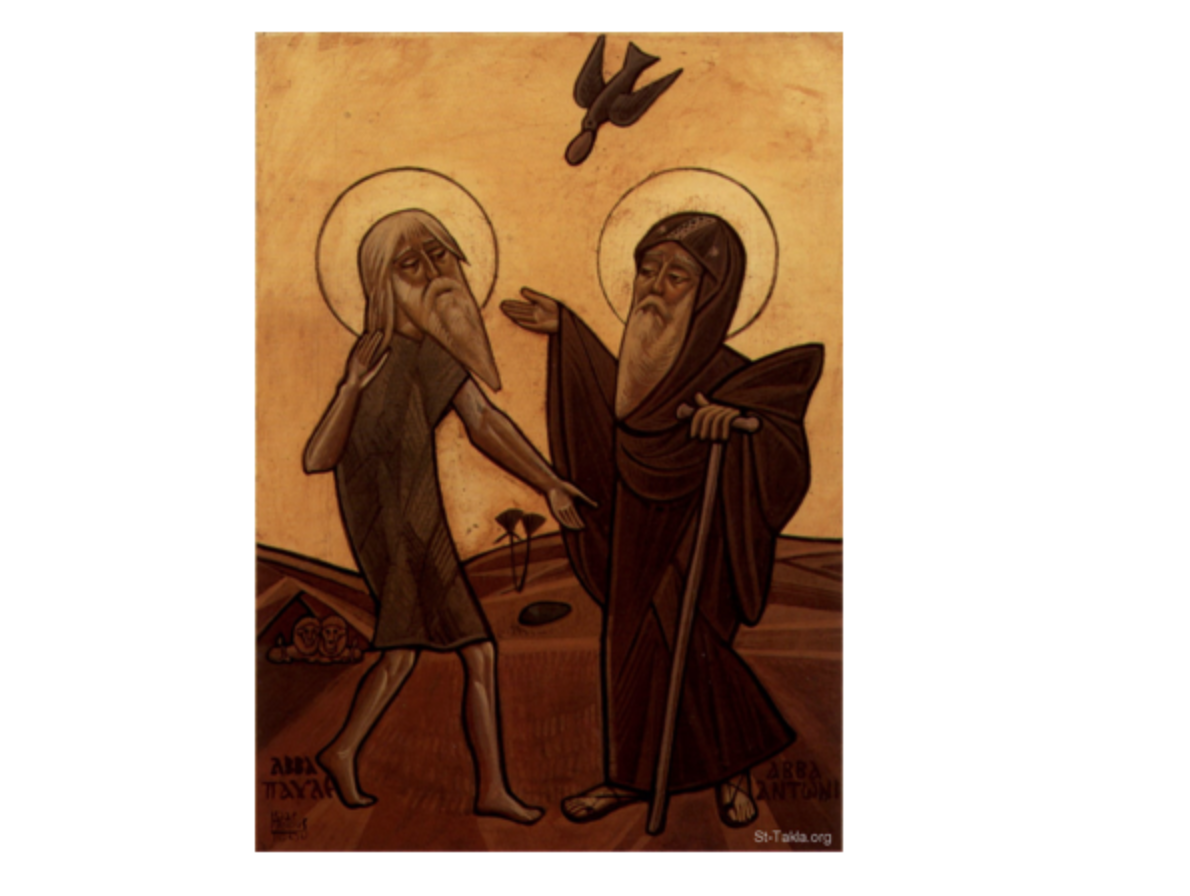
Early Christian saints first developed the concept of confidentiality: privacy. The Bible promoted the idea that morality is not only the result of an evil act, but also an intention to cause harm; this new combination of intention and morality prompted the most devout followers (monks) to leave society and focus on the obsessive struggle with their inner demons, rejecting the temptations of civilization.
“Just as fish die, if they stay out of the water for too long, monks who wander outside their cells or spend time with people from the outside world lose their inner peace. Therefore, like fish heading for the sea, we must hurry to get to our cells, fearing that if we stay outside, we will lose our inner vigilance ”- Anthony the Great .
It is rumored that a dead monk was found on the island-monastery of Nitria only after 4 days. The monks meditated in isolation in stone cabins, huts, known as the "Hive".

Even before the collapse of ancient Rome in the 4th century AD, humanity for the most part was engaged in agriculture.
Here is a stylized drawing of the Shared Home, this design has been popular for over 1000 years. The house, reminiscent of the Lord of the Rings movie, demonstrates that people and animals slept in the same room - because there was only one room in the Common House.

“There was no classical or medieval Latin word equivalent to“ privacy ”; “Privatio” meant “take away” ”- Georges Duby , author of“ The History of Private Life: Revelations of the Medieval World ”.
Late Middle Ages / Early Renaissance (1300-1600): the beginning of privacy
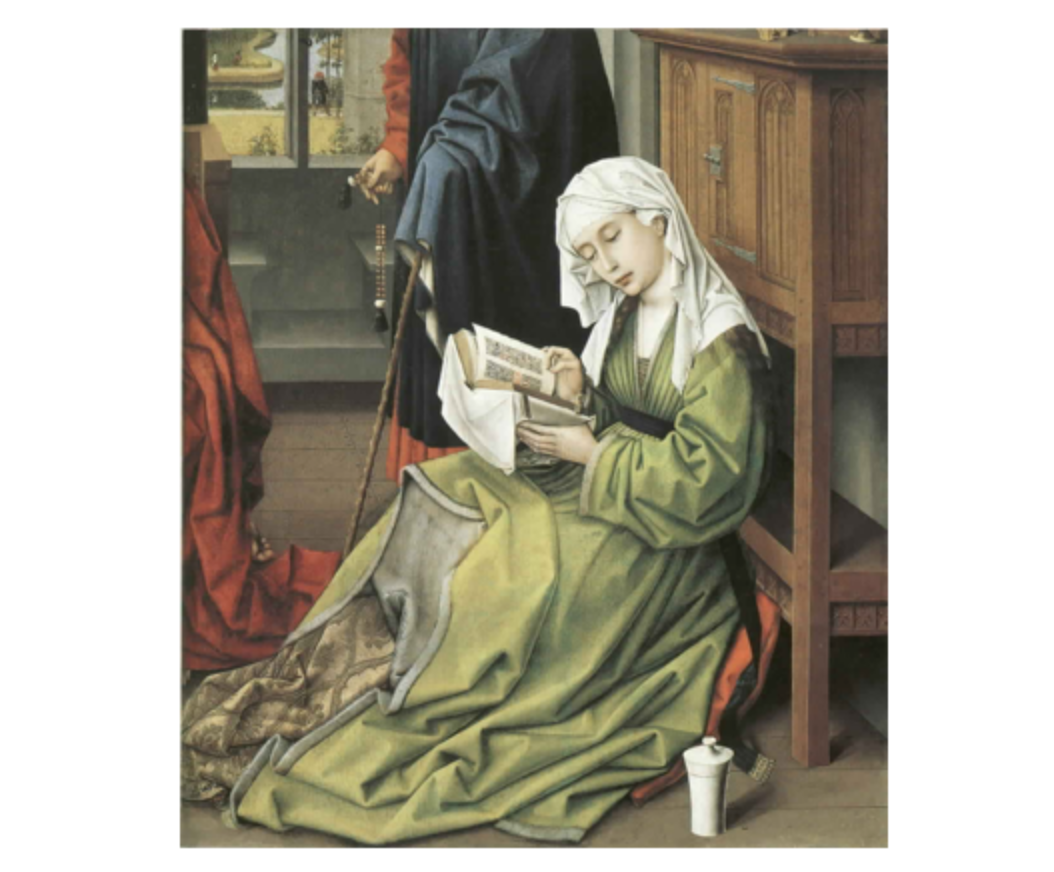
“Confidentiality is the highest achievement of the Renaissance” - Historian Peter Smith .
In 1215, the influential Fourth Council Lateran (“Grand Council”) declared that confession should be mandatory for the masses. This powerful move by the Catholic authorities instantly extended the concept of inner morality to much of Europe.
“The office of moral governance was moved inward, into a private space that no longer had anything to do with the community,” explained religious author Peter Loy. Loneliness had a strong ally.

Fortunately for the church, the new technology made quiet contemplation a far less costly task — the Guttenberg printing press.
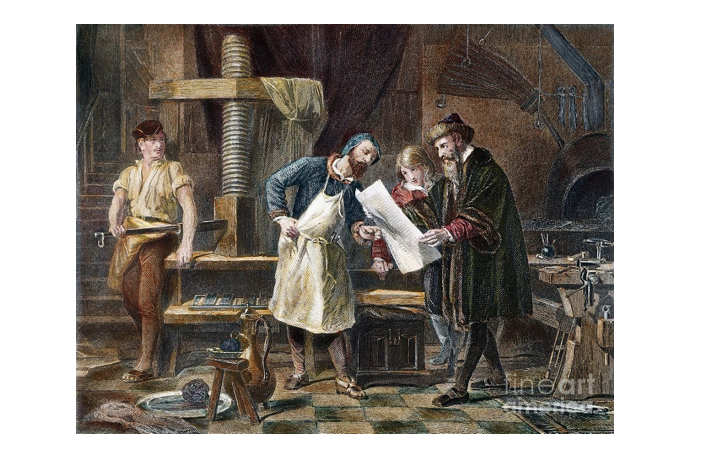
Thanks to the publication of prints after the decree of the Great Council, reading in solitude spurred European individualism. Poets, artists, and theologians were encouraged in their aspirations to “give up the world in order to turn their hearts with greater force towards God,” as recommended by the influential prescription “The Brotherhood of Common Life.”
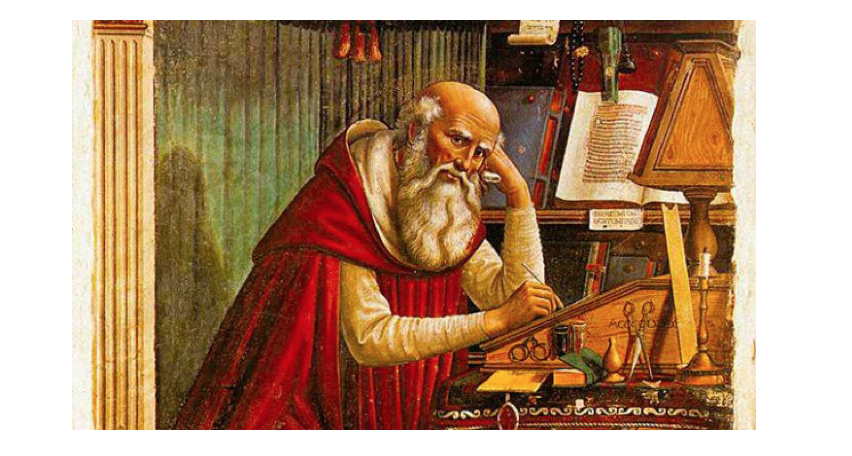
Of course, until the 18th century, public reading was still commonplace, a tradition that existed before the wide distribution of books. A quiet office has been an elite luxury for many centuries.
Privacy architecture
Individual beds are a modern invention. As one of the most expensive items in the house, one large bed became a place to meet friends, where guests were invited to sleep with the whole family and some servants.
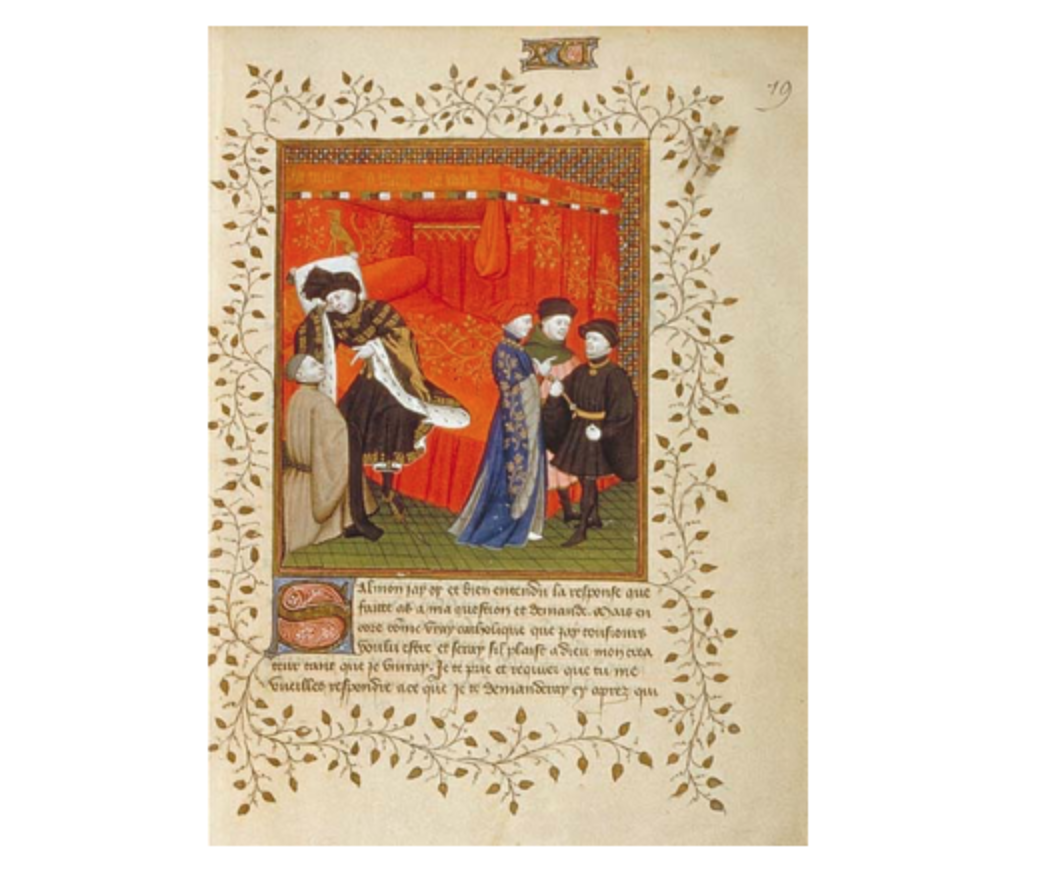
But the lack of hygiene in urban Europe led to the fact that infectious diseases have destroyed most of the population of overcrowded cities. The Black Death alone — the pandemic of the bubonic plague — killed more than 100 million people.
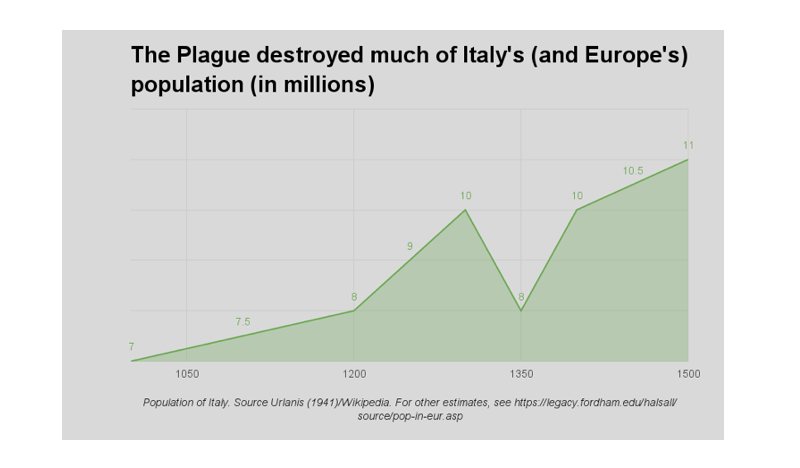
This deeply changed the attitude of people towards hygiene, especially in hospitals, where earlier patients had slept close to each other, like guests who stayed overnight at their hosts.
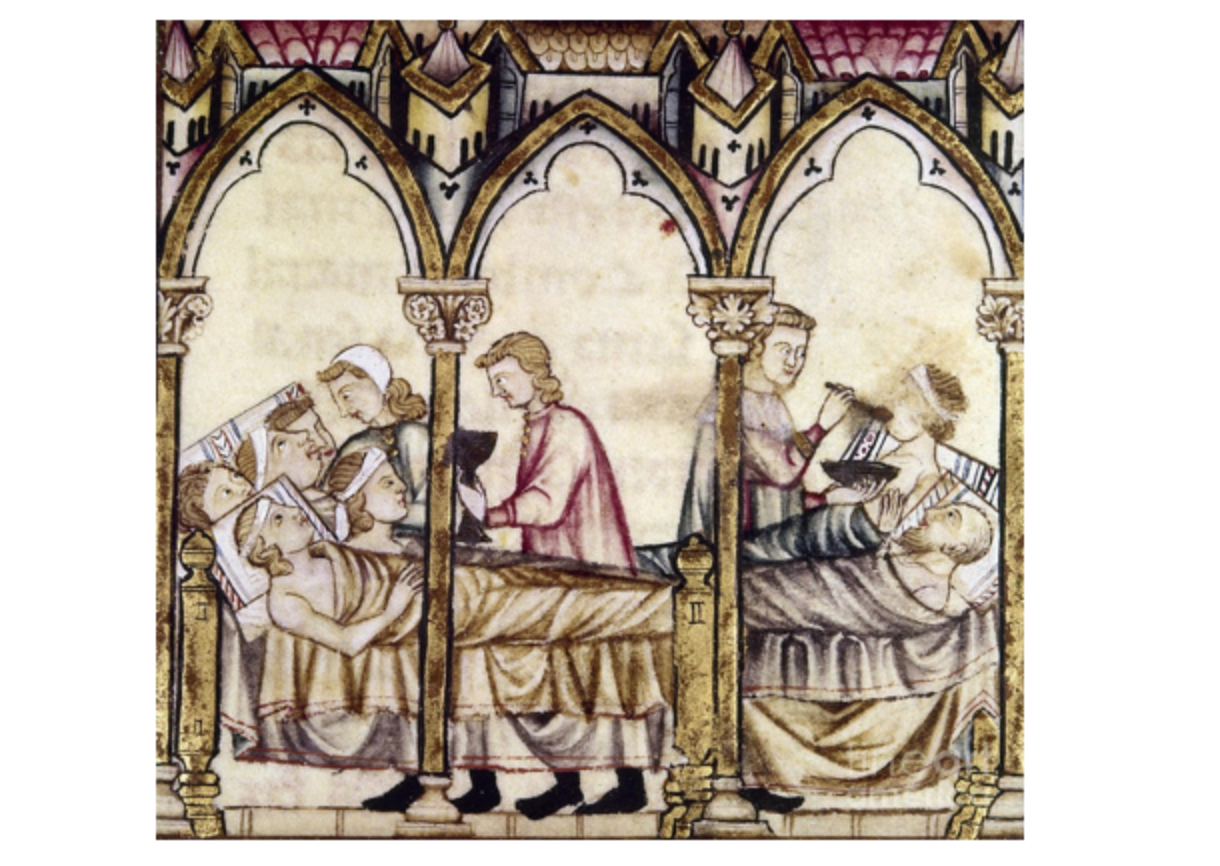
"Young children, both girls and boys, lie together on beds on which other patients died from contagious diseases, because there is no order and there is no separate bed for children [who should] sleep six, eight, nine, ten and twelve people on the same bed, using the jack, ”notes the nurse (about 1500 years old), regretting the lack of modern medical procedures.
But the entry into fashion of individual beds in hospitals did not mean that sex was more confidential. Observation of the entry into force of marriage was extended for both spiritual and logistic reasons.

“The newlyweds climbed into bed in front of family and friends, and the next day they showed sheets as proof that the marriage had entered into force.” - Georges Duby , editor of The History of Private Life.
Few required solitude during sleep, because even individual beds would not give them such luxury. In most homes there was only one room. Architectural historians attribute the emergence of internal walls more to the desire of a person to keep warm.
Below is an excerpt from the animated film Beowulf in which couples sleep around the burning coals of the central campfire. This is a vivid illustration of the open architecture of the large hall, which was widespread before the popularization of the inner walls around 1400 AD.
“First, I propose that there is a room in the center that is common to everyone, and there must be a fire in its center so that many people can sit around it and everyone can see the faces of the others when they indulge in their own entertainment and stories” - Italian architect of the XV century, Sebastian Sirlio .
In order to dissipate heat efficiently, and people did not suffocate, they built fireproof structures around the campfires to bring smoke out. Below is an image of a “transitional” house dating back to the 16th century, when fireplaces, located close to each other, violated the traditional architecture of the open hall.
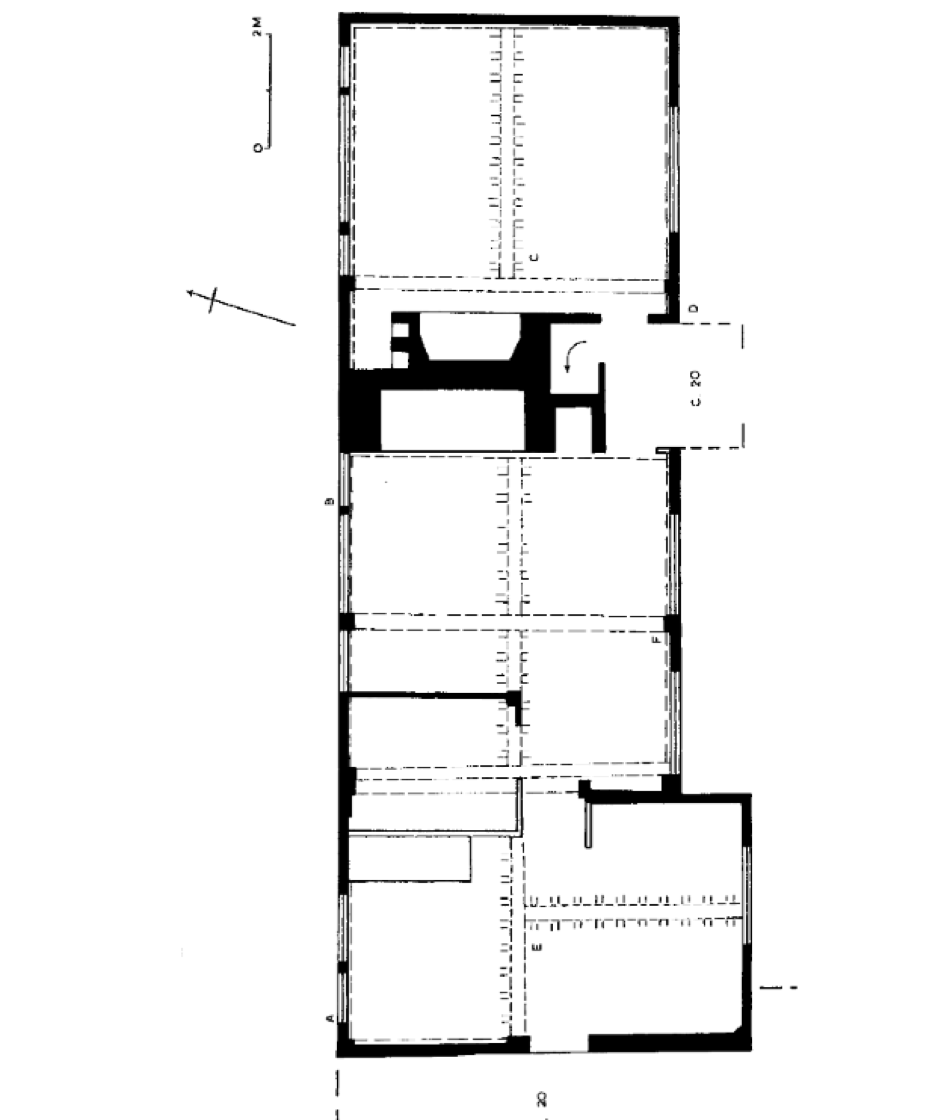
Source: "Residential culture: traditional architecture in the English landscape" (p. 78). "A fundamental change in the very plan of living space" - the historian Sarti Raffaella about the emergence of the chimney.
The times before the industrial revolution (1600–1840): a house becomes private property, but does not become private
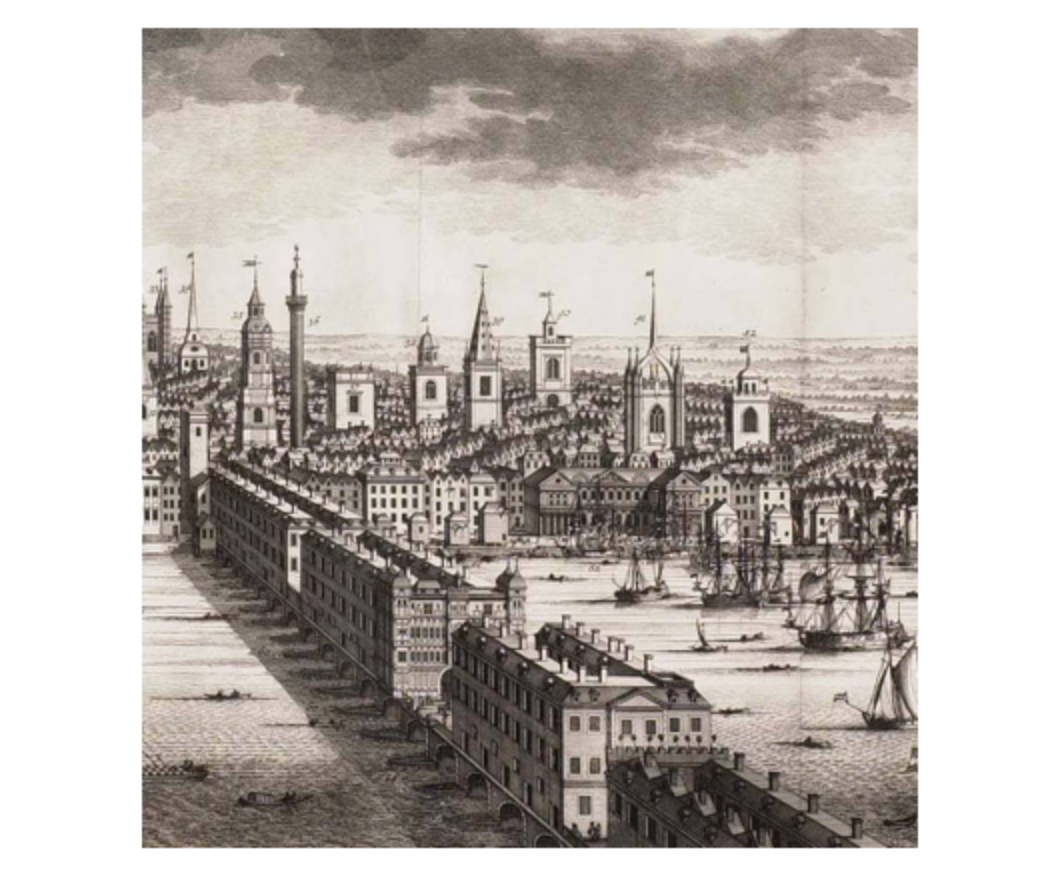
The first recorded diary was compiled by Lady Margaret Hoby, who lived in the 16th century.
On February 4, 1600, she wrote that she had retired " in her office, where I prayed and wrote down some thoughts for my own personal awareness . "
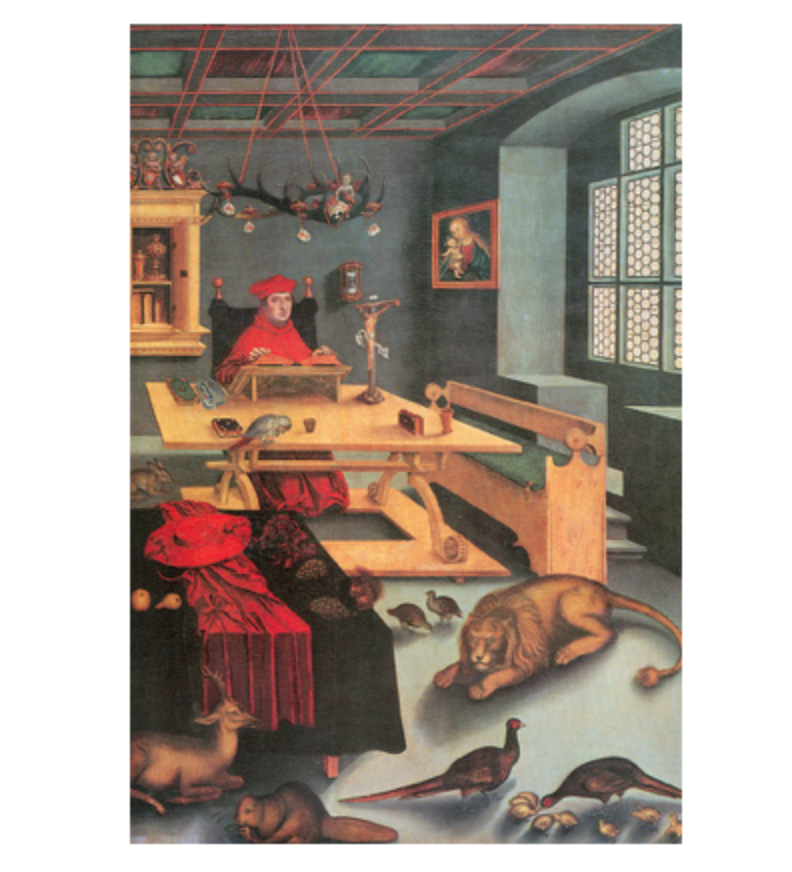
In the Renaissance, among at least wealthy residents, solitude in houses was popular. Nevertheless, even those who could afford separate spaces, it was more convenient to live in close contact with servants and family.
“Having served as a servant to His Excellency Marquis Francesco Albergati for about eleven years, I can say and report that three or four times I saw the Marquis go out of bed with the perfect erection of the male sexual organ” - 1751 Albergati's servant , Kapacelli , testifies in court that his master did not suffer from incontinence, thereby denying his wife’s lawsuit about annulling the marriage.
Law
Just before the industrial revolution, citizens for the first time demanded that the law begin to keep pace with the growing need for confidentiality. In this early handwritten note of August 20, 1770, the revolutionary and future president of the United States, John Adams, supported the concept of confidentiality.
"I am not subject to any moral or other obligations ... encouraging me to publish what my annual expenses and incomes are."

Despite a change in public opinion about privacy, the first American census was released for public use, mainly for logistical reasons. Informational openness is the best way to ensure that every citizen can check the census for inaccuracies.
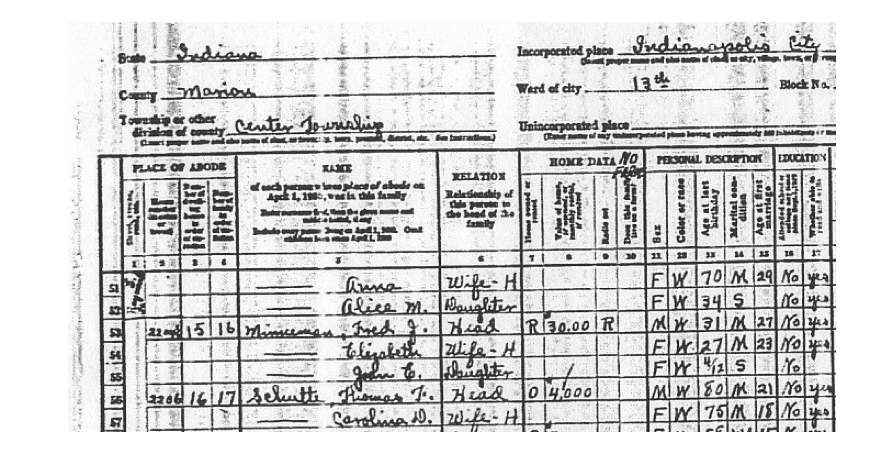
Citizens, aware of the importance of confidentiality, later more supported the bill, which became, perhaps, America’s first privacy law, the Mail Act, dated 1710, which prohibited mail employees from sorting letters.
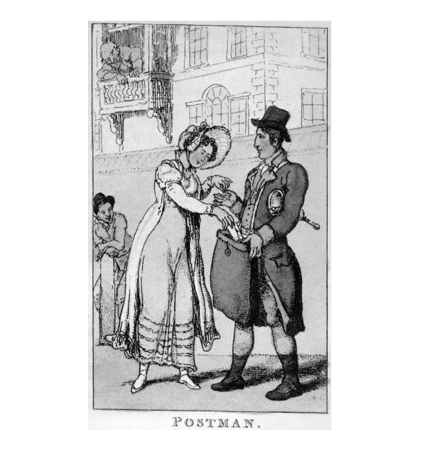
“I’m not going to touch this topic anymore, but next time I’m lucky enough to see you, I’ll tell you about many things that are too commonplace for writing that might fall into the wrong hands, because I know that, unlike Boston “Many people here do not hesitate to open a personal letter.” - Dr. Oliver Noyce , regretting the well-known fact that letters are often read.
But this fact did not reduce the popularity of mail.
The Golden Age (1840–1950): Privacy becomes the expected result
“Confidentiality is a completely modern product” - E.L. Godkin , 1890
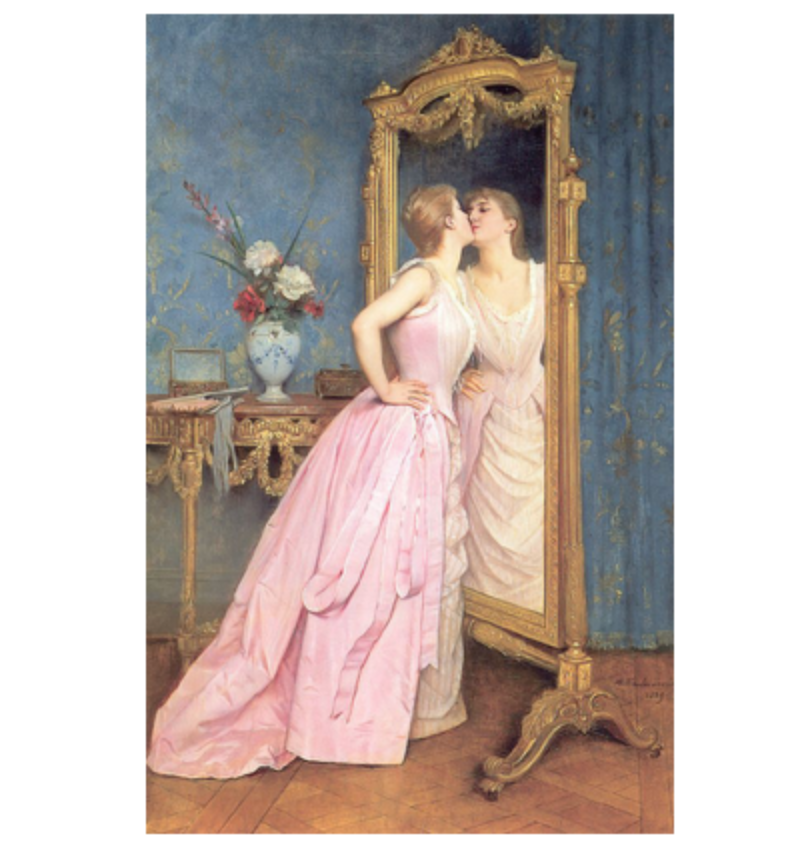
By the time the industrial revolution began to improve the welfare of the population, officials began to recognize privacy as a basic human right.
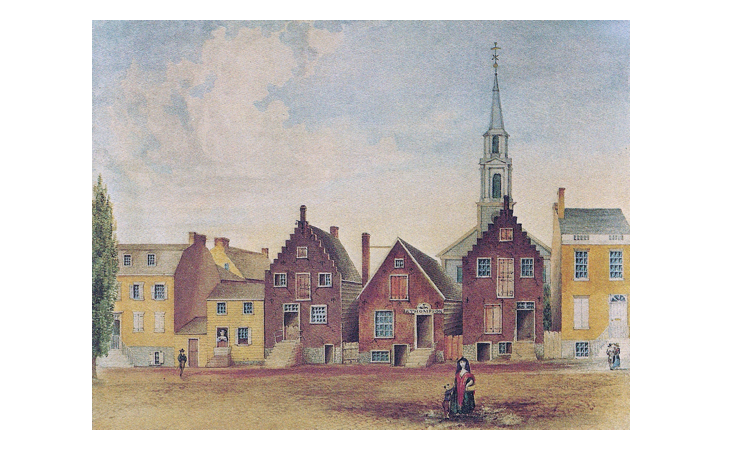
“The material and moral well-being of workers, as well as the health of society, and the safety of society, depend on each family’s living in a separate, healthy and comfortable home, which it can acquire” - Speaker at the International Hygienic Congress in Brussels in 1876.
However, the life of the poor still remained visible. The famous existentialist philosopher of the 20th century, Jean-Paul Sartre, watched the poor streets of Naples.
"On the first floor of each building there are a lot of tiny rooms that open directly onto the street, and each of these tiny rooms contains a family ... they carry tables and chairs to the street or leave them in the doorway, half outside, half inside ... the outside is organically linked to inside ... yesterday I saw my mother and father having lunch outdoors, and their child was sleeping in the crib next to the parents' bed, and the eldest daughter was doing homework at another table by the light of a kerosene lamp ... if the woman falls ill and remains in bed all day, then this is known to everyone, and everyone can see it .... "

The interior of the houses were no less cramped.
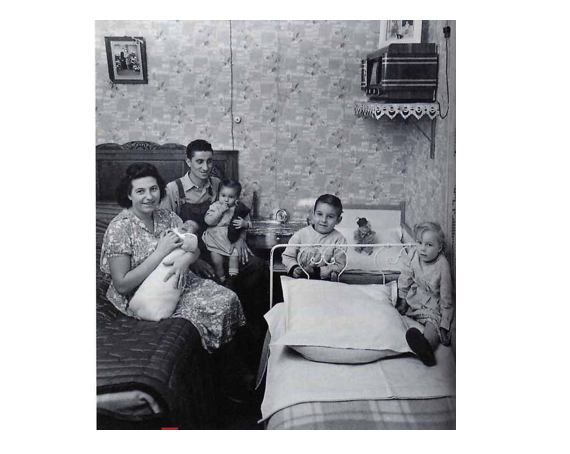
The appearance of "privacy rights"
Although architecture did not keep pace with the development of society, it was in the “Golden” century that confidentiality was officially recognized as a political right.
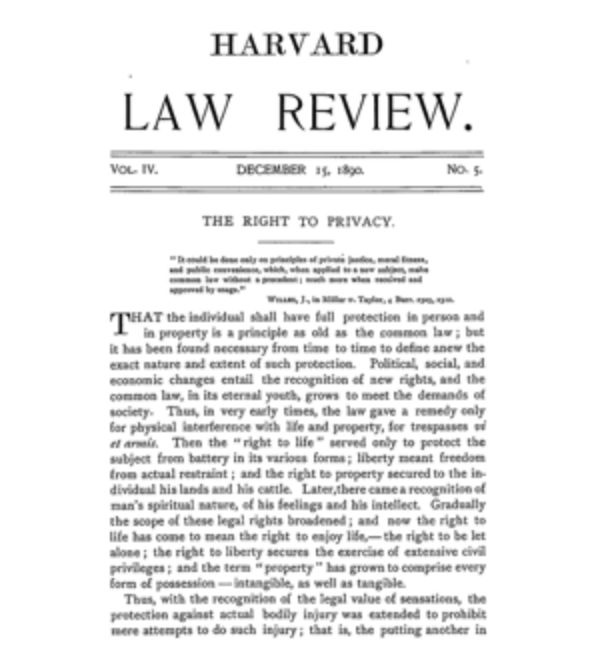
“The intensity and complexity of life associated with the development of civilization has shaped the need for privacy, and the person under the influence of culture has become more sensitive to publicity, which has made privacy and confidentiality more important for the individual; but modern enterprises and inventions, interfering with the personal life of a person, subjected him to mental pain and suffering, much more than they could cause bodily harm ”-“ The Right to Inviolability ”, December 15, 1890, Harvard Law Journal .
Interestingly, the right to privacy was legalized on the same basis on which it is now so popular: the invasion of technology into privacy and information about it.
However, the father of the right to privacy, the future judge of the Supreme Court, Louis Brandeis, was ahead of his time. His article did not receive much publicity in the press — and the coverage it received was not so laudatory.
The feelings of these thin Americans undoubtedly underlie the article in the December issue of the Harvard Law Journal, in which two members of the Boston Bar Association recorded the results of certain studies of whether Americans have a general right to privacy, which can be successfully protected in the courts. . ”- Galveston Daily News on the“ Right to Confidentiality ”.
Prior to this, confidentiality has never gone to America good. Minor incursions into the personal information exchange of citizens played an important role in the victory in the Civil War.
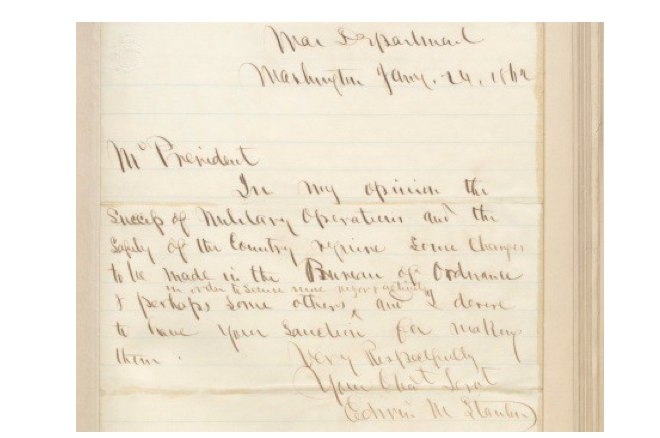
This is a letter from Secretary of War Edwin Stanton, demanding the extension of powers to wire telegraph lines. Lincoln simply scrawled on the back: “The Minister of War has my permission to act on his own discretion in this matter. A. LINCOLN.
It remained so until the industry provoked the outburst of the wrath of another president, and then confidentiality was enshrined in law. President Grover Cleveland’s wife was very pretty. And the availability of her images made her an ideal target for commercial use.
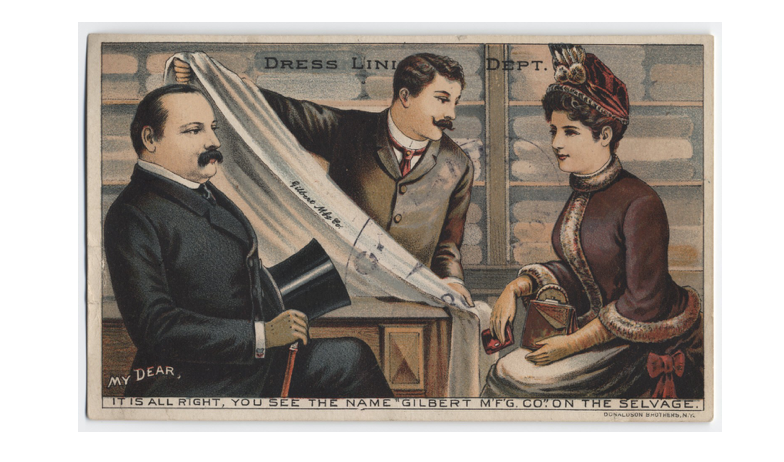
The widespread use of the president’s wife’s appearance in advertising goods eventually led to one of the first national laws on privacy. In 1903, the New York legislature imposed a fine of up to $ 1,000 for unauthorized use of someone’s image for commercial purposes.
Indeed, throughout practically the entire 19th century, privacy was respected only in order to protect the husband’s right to keep his wife’s public and private life secret, including physical abuse.
“We will not bring more evil to society, raising the curtain over the secret of family life in order to punish the lesser evil in the form of petty violence.” - 1868, the court decision on the Rhodes case.
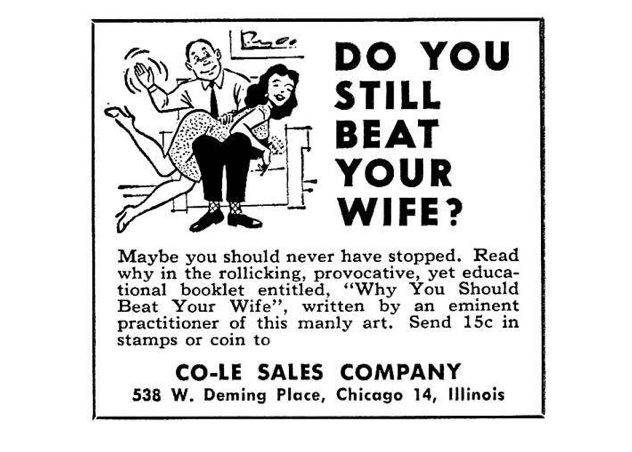
Technology of individualism
In the first 150 years of American history, there was an explosion of information technology, from a postal card to a telephone. Since each method of communication gave a chance to look into the privacy of strangers and neighbors, Americans often chose, albeit reluctantly, cheaper and more convenient technology for communication.
Privacy was not a priority.
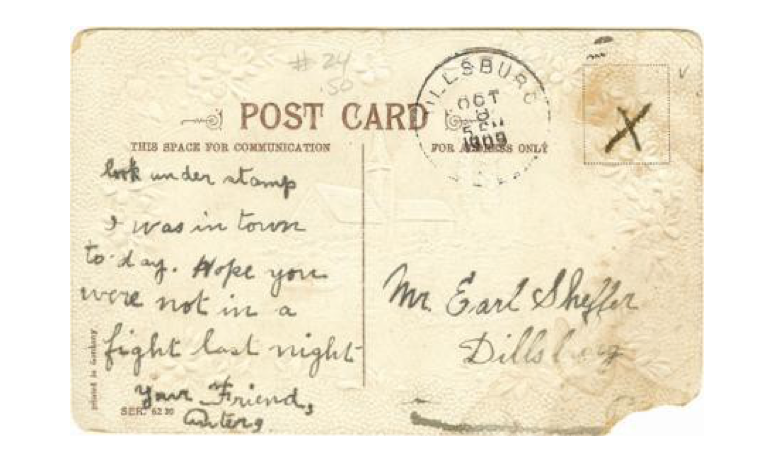
“Here is a woman who keeps all the correspondence using this channel. She reveals secrets of great importance, writes about misconduct and mistakes, without thinking about the consequences at all. She believes immensely in the impeccable reputation of postmen and messengers, while they sit on the steps of houses every morning, laughing at her postcards. ”- The Atlantic weekly editor of American love for postcards, 1905 .
Even though the postcards were not confidential, they were convenient. More than 200,000 postcards were ordered in the first two hours after their release in New York on May 15, 1873.
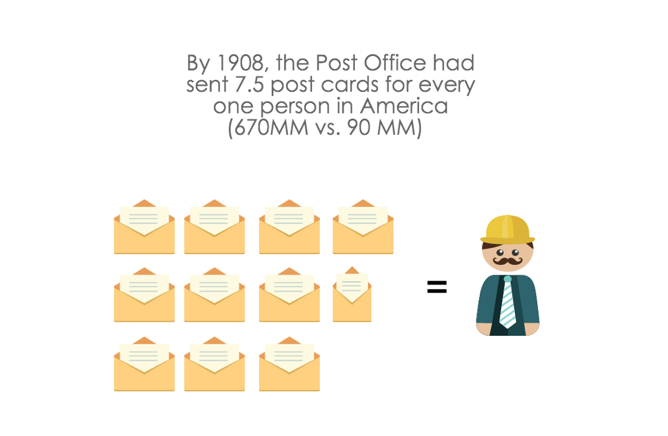
The next big success in information technology was the telephone, which was wildly popular in the early 20th century. However, individual telephone lines were prohibitively expensive; instead, the neighbors shared a single line, which was called “paired lines.” Commercial advertisements encouraged neighbors to share technology with “courtesy”.
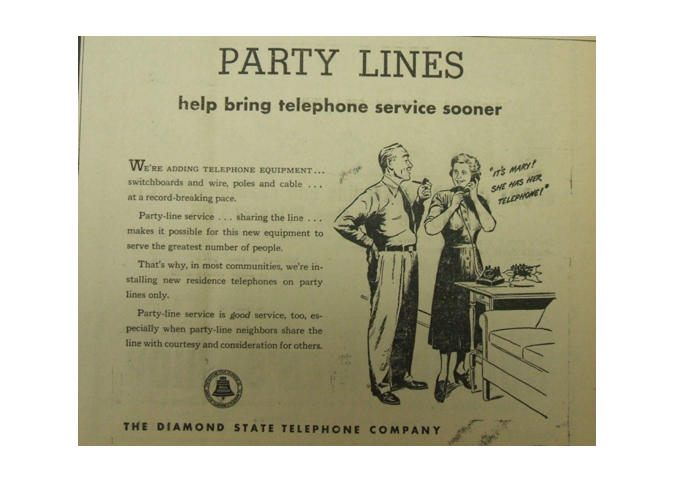
But, as this comic shows, eavesdropping was quite common.
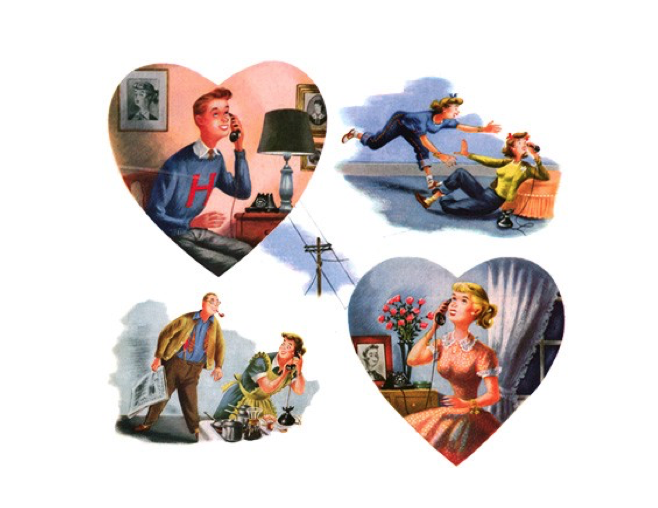
“The paired lines can destroy relationships ... if you communicated with a girl on the paired line and another girl called you, it's a joke. Five minutes after you hung up, everyone in the neighborhood, including your girlfriend, knew about the call. There have been cases when your girlfriend could interfere in a conversation and arrange dressing for both. Watch what you say. ”- Donnie Johnson .
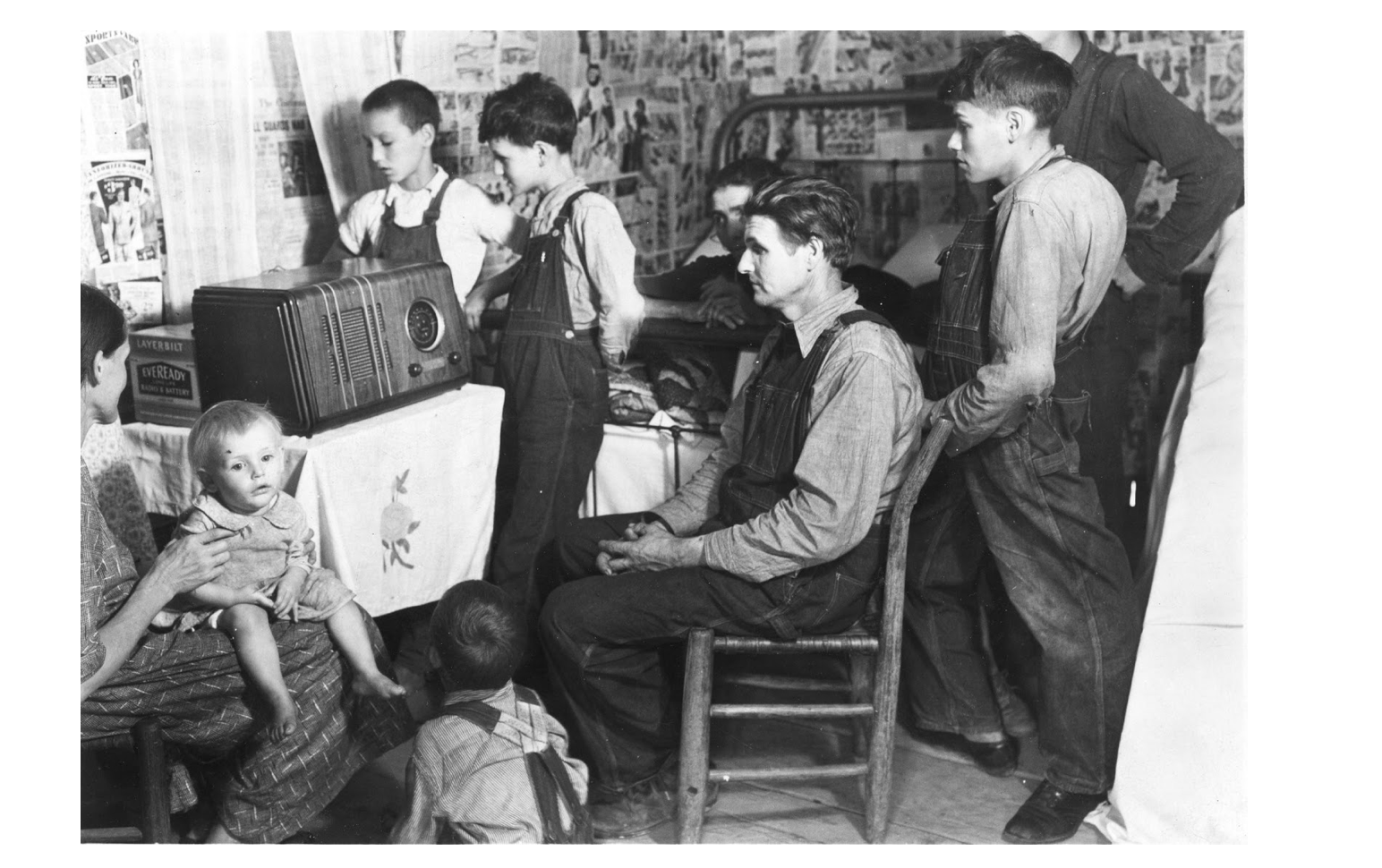
In those areas where convenience and privacy happily coexisted, individual gadgets appeared . Listening was not always an individual exercise. The very fact that sound was a form of broadcast made listening to conversations and music a social activity. This has changed with the invention of headphones.

“The triumph of headphones is that they create an oasis of confidentiality in the public space” - Columnist of The Atlantic, a supporter of broad civil rights, Derek Thompson .

The end of the 20th century: fear of the world without privacy
By the 1960s, individual telephones, rooms, and homes became the norm. 100 years ago, when Lincoln tapped all the telegraph lines, few people asked questions. In the new century, aggressive surveillance overthrew the successor to Lincoln, although his espionage was much less common.
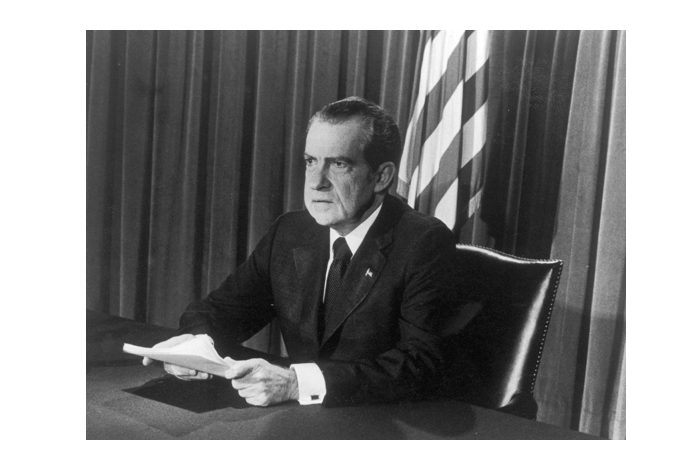
Upon taking office, the former vice president assured Americans that their confidentiality is safe.
“As a vice president, I drew attention to the individual rights of Americans in the field of confidentiality ... In my administration there will be no illegal wiretaps, installation of bugs or hacking. There will be a burning desire for tough laws to prevent illegal invasions of privacy in both government and private activities. ” - President Gerald Ford .

In the early 2000s, young consumers were ready to purchase a location tracking device, which seemed like a nightmare in 1984.
"The magic age is people born after 1981 ... This is a turning point, we see big changes in privacy and acceptance by users." - Loopt co-founder Sam Altman , who first used the paid geolocation features.
Fear of informational openness by older generations has become the subject of ridicule.
“My grandmother always reminds me to turn off my GPS for a few blocks to the house, before I return home, so that the man telling me how to drive does not know where I live.” - A letter to the editor of the series “Parents do not understand us,” of College Humor .
The increase in population density and the rapid increase in rents in large cities have influenced cohabitation.
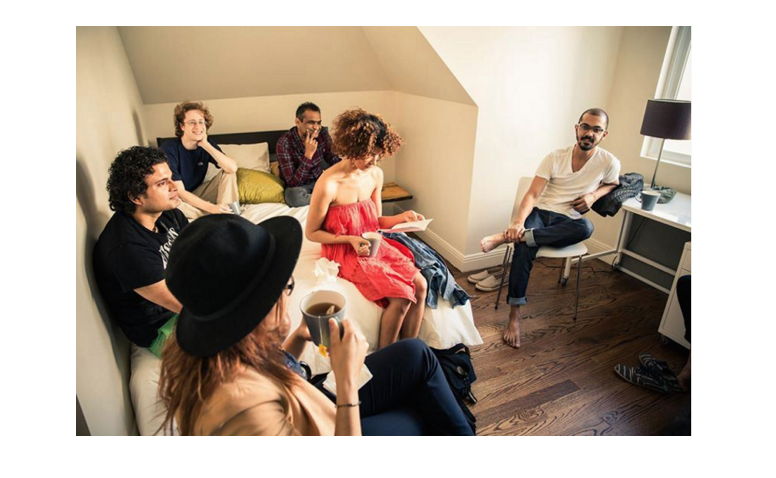
"We are seeing a shift in consciousness, a transition from hyper-individualistic to more cooperative spaces ... We believe that we need to raise our children together." - Jordan Alekha Grader , San Francisco resident.
A new “variety” of so-called “life bloggers” appeared, publishing intimate details about their days.

On the verge of frankness and pornography, anonymous exhibitionism finds refuge on the Internet, on the insanely popular Reddit content aggregator, in a community very aptly named "Gone Wild".
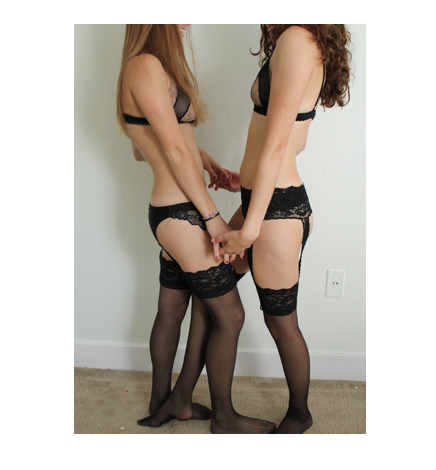
Part 2
How privacy will disappear again
For 3000 years, most people agreed to sacrifice confidentiality for convenience, wealth or fame. It seems that this is true today.
Recently, AT & T launched a preferential broadband Internet service, where customers can pay as little as $ 30 a month so that their online behavior is not monitored by targeted advertising systems.
"Since we started offering this service over a year ago, the vast majority of users have opted for the ad-supported model." — AT&T ( ).
(, ) . .
, «Jimmy Kimmel Live”.
. , .
, , , , Vioxx, , 25 000 .
Google , . TED 2013 , , .
« , , , . , , » — Sage Bionetworks, , , .
, . , - 160 . , , , , . , , . , .
, . , , . , , , ? Yes, almost everything.
, , ( , , . , , .

, , , , . , .
, . — , — .
— , , , .
, - . , , , . — .
Source: https://habr.com/ru/post/348922/
All Articles